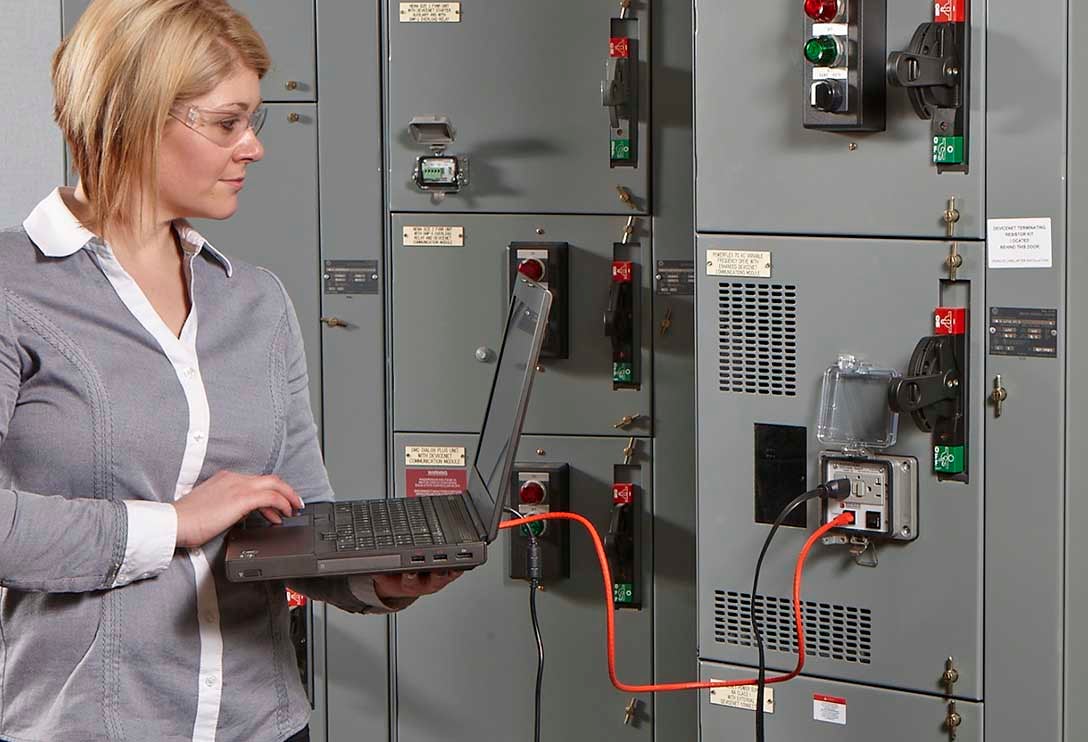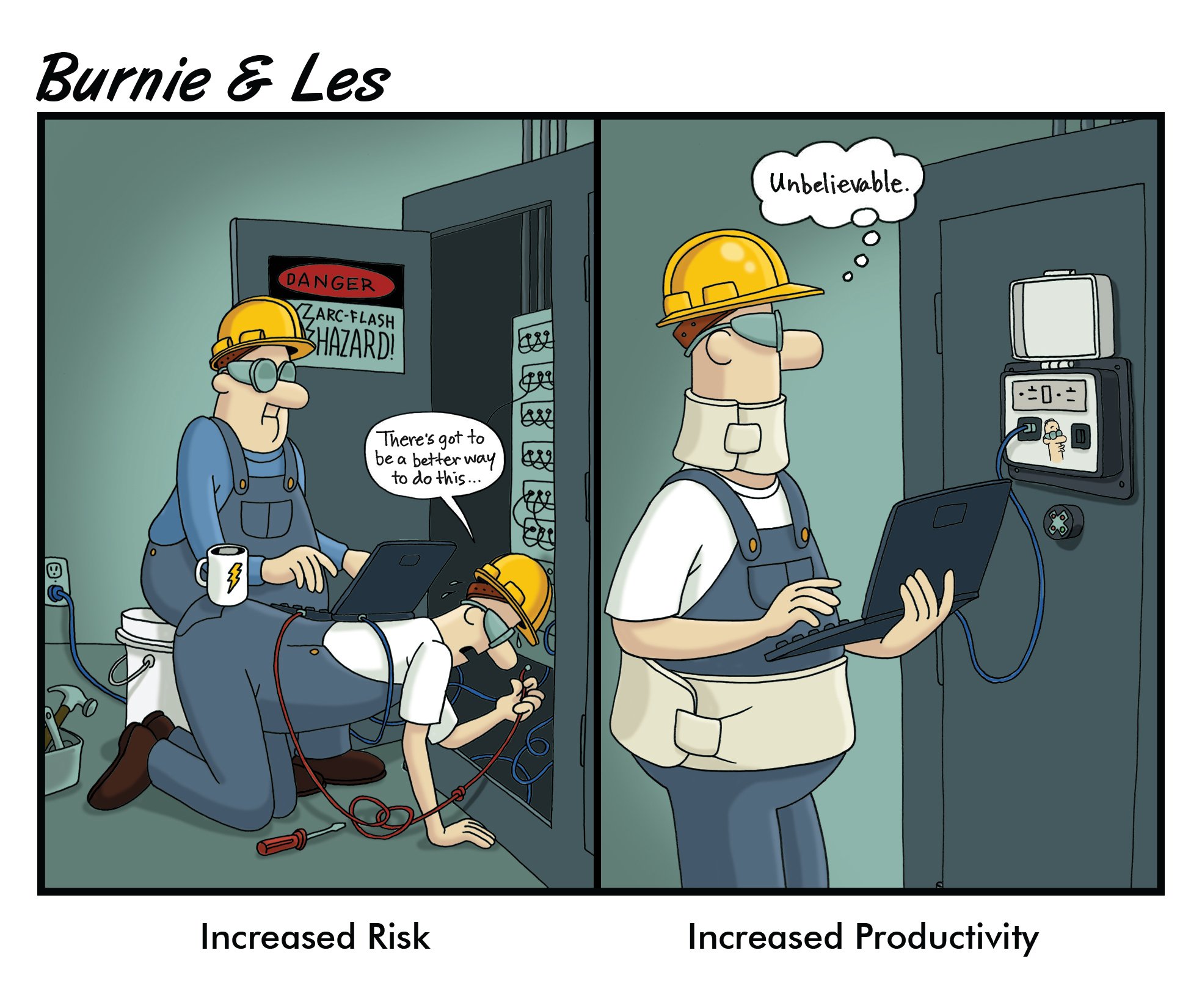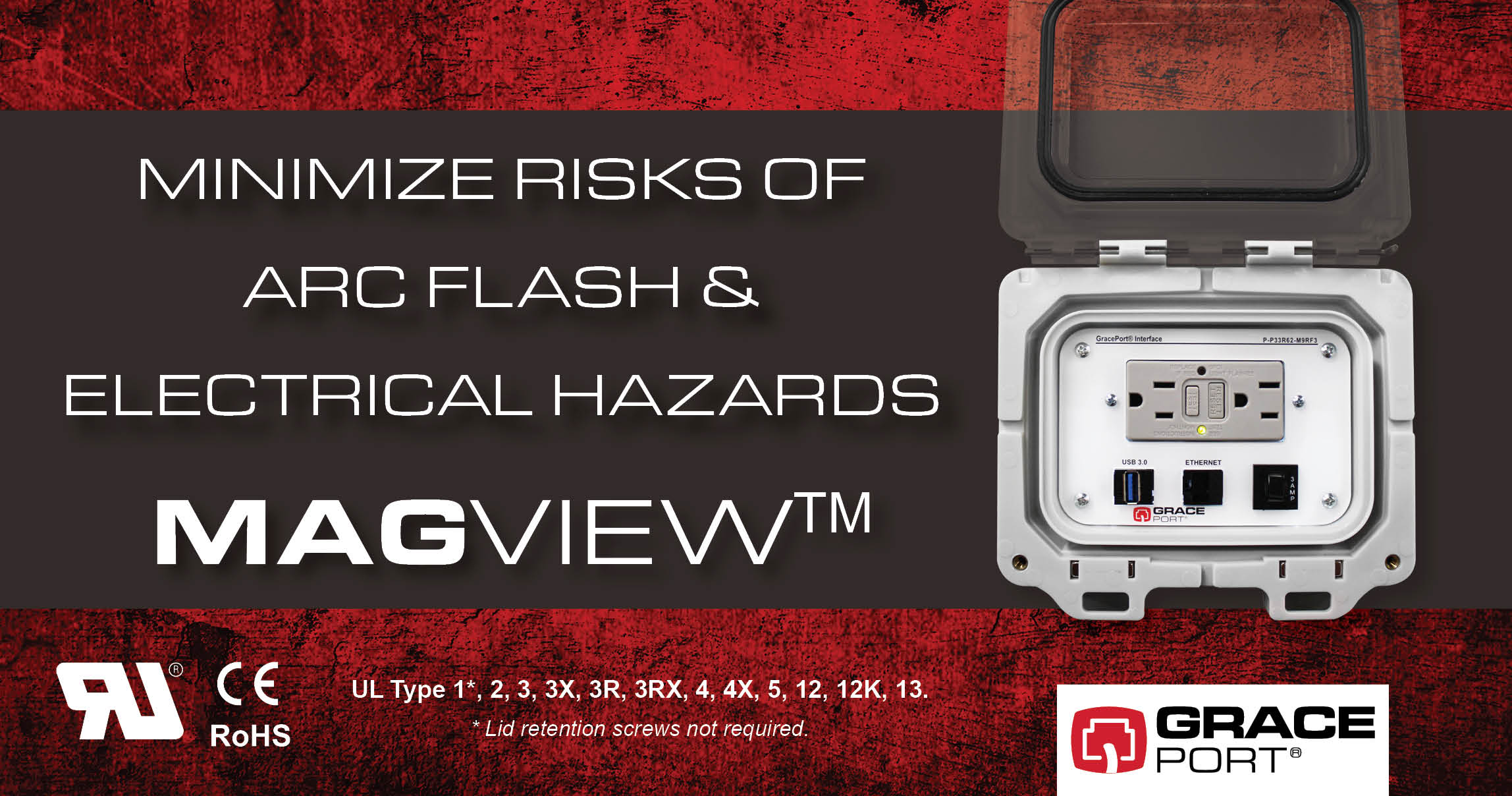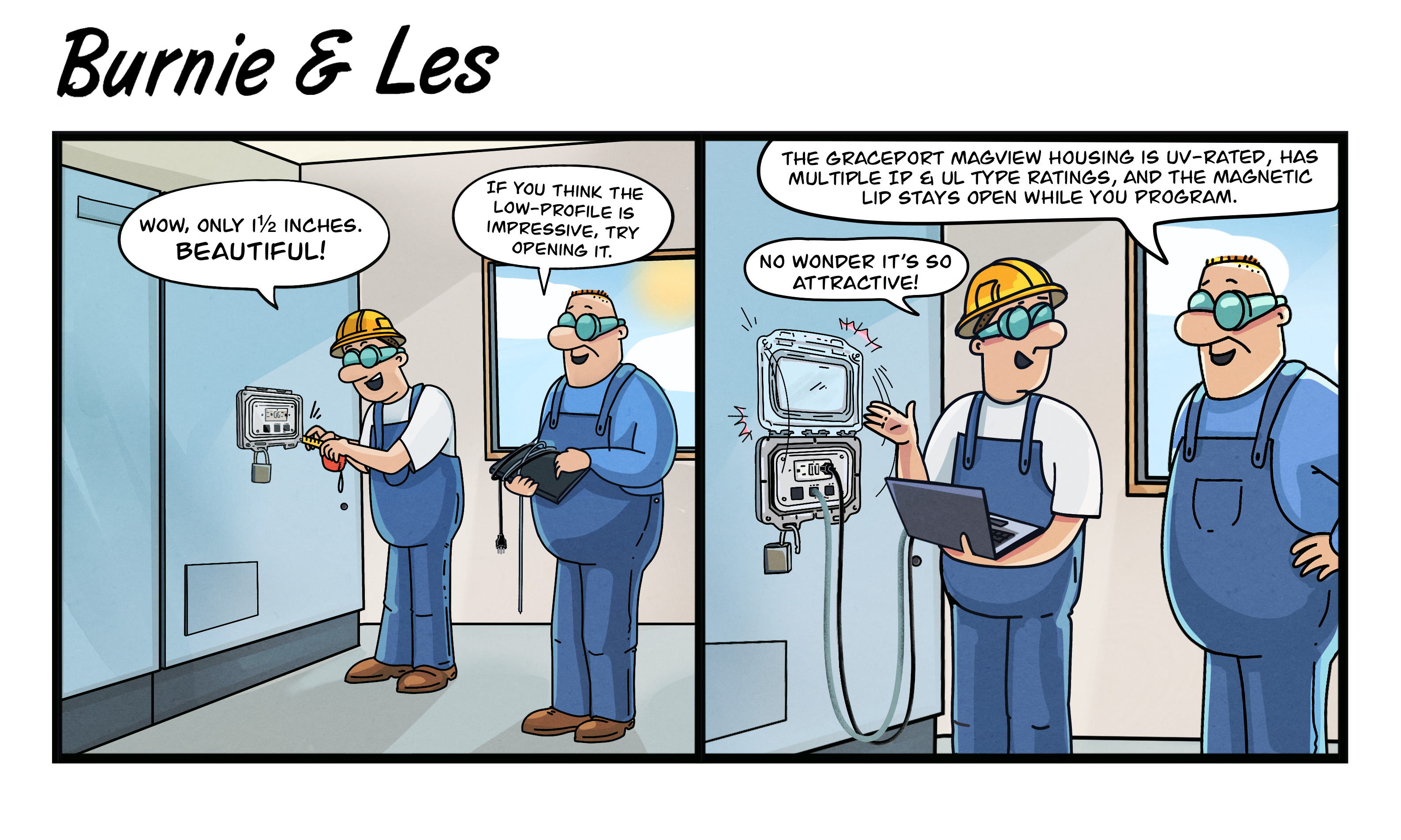
Programmable Logic Controllers (PLCs) are the heart of manufacturing and production processes. PLCs offer flexibility, control, and efficiency, driving the operations of machinery and systems with precision. However, for control engineers and PLC programmers, working with these critical components does not come without its risks.
Understanding these risks and implementing measures to mitigate them is essential for ensuring safety, maintaining equipment integrity, and achieving compliance with safety standards. In this blog, we'll explore three significant risks faced by control engineers when interacting with PLCs and Industrial Control Panels (ICPs) and provide actionable solutions to these challenges.
- Electrical Hazards
- Risk: Electrical hazards, including arc flash and electric shock, are among the most severe risks control engineers face. These dangers arise when individuals are exposed to live electrical components during maintenance, troubleshooting, or programming tasks. An arc flash can cause severe burns, while an electric shock can result in injuries or fatalities.
- Mitigation: To mitigate these risks, engineers should adhere to safety protocols such as wearing appropriate Personal Protective Equipment (PPE), following lockout/tagout procedures, and using insulated tools. Furthermore, incorporating safety-by-design principles that allow for remote access or minimize direct contact with live components can significantly reduce these hazards.
- Equipment Damage Leading to Downtime
- Risk: Unintended interactions with PLCs or ICPs can lead to equipment damage, resulting in costly downtime and delays in production. Such damage can occur due to physical mishandling, electrostatic discharge, or incorrect settings adjustments.
- Mitigation: Implementing strict access controls, using proper handling procedures, and training personnel on the correct operation and maintenance practices are crucial steps in preventing equipment damage. Additionally, using interface solutions that protect the integrity of the equipment can help maintain operational continuity.
- Safety Compliance Issues
- Risk: Compliance with safety standards (such as OSHA, NFPA 70E/CSA Z462, and NEC) is mandatory to ensure workplace safety. Failure to comply can result in legal penalties, increased insurance costs, and a higher risk of accidents.
- Mitigation: Staying informed about current safety standards and implementing industry best practices are foundational to achieving compliance. Regular safety audits and adopting technologies that inherently enhance safety can also play a significant role.

How GracePorts Enhance Safety and Productivity
GracePort panel interface connectors represent a leap forward in mitigating the risks associated with PLC programming and maintenance. By enabling control engineers to interface with PLCs and other components inside an ICP without opening the panel door, GracePort connectors significantly reduce exposure to electrical hazards, thereby increasing safety and compliance. Here's how GracePort connectors can transform the safety and productivity landscape for PLC programmers:
- Increased Productivity by 90%: GracePort connectors facilitate quick and safe access to PLCs for programming and monitoring, drastically reducing the time required for these activities. This efficiency gain can lead to productivity increases of up to 90%, minimizing downtime and enhancing operational efficiency.
- Enhanced Compliance: By allowing tasks to be performed with the panel door closed, GracePort connectors help organizations comply with safety regulations that mandate reduced exposure to live electrical components, thus enhancing compliance with OSHA and NFPA 70E/CSA Z462 standards.
- Prevention of Equipment Damage: GracePort connectors limit the exposure of sensitive components inside an ICP to outside elements, reducing the risk of damage from physical contact, dust, and other environmental factors.

The MagView Housing: A Game-Changer for PLC Accessibility
The introduction of the MagView housing to the GracePort lineup brings an innovative solution to the challenges of PLC interface accessibility. MagView's low-profile, UV-rated housing, with its magnetic lid, ensures that the enclosure remains securely open against a magnetic panel, facilitating easy access while protecting the components inside. The housing's multiple IP and UL Type ratings further attest to its suitability for a wide range of industrial environments.

For control engineers, mitigating the risks associated with PLCs and ICPs is paramount. By understanding these risks and implementing solutions like GracePort panel interface connectors, engineers can ensure safety, compliance, and efficiency in their operations.
Elevate your PLC programming and maintenance tasks with a customizable GracePort sample equipped with a MagView housing. Experience firsthand how our solutions can enhance your safety, productivity, and equipment longevity. Request your customizable sample today and take the first step towards a safer, more efficient workplace.
By incorporating these insights and solutions, PLC programmers can navigate the challenges of industrial automation with confidence, knowing they are employing best practices for safety and efficiency.


